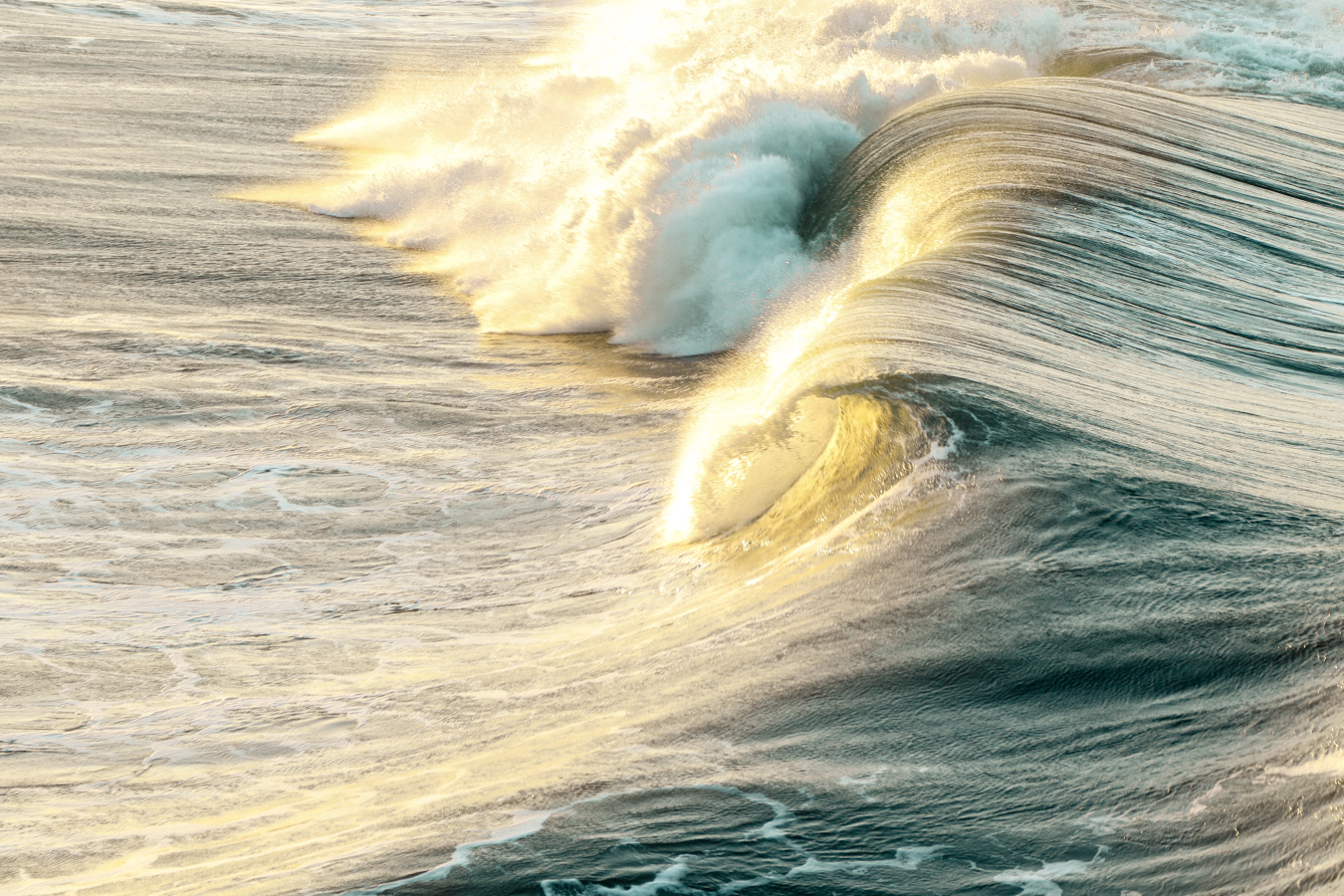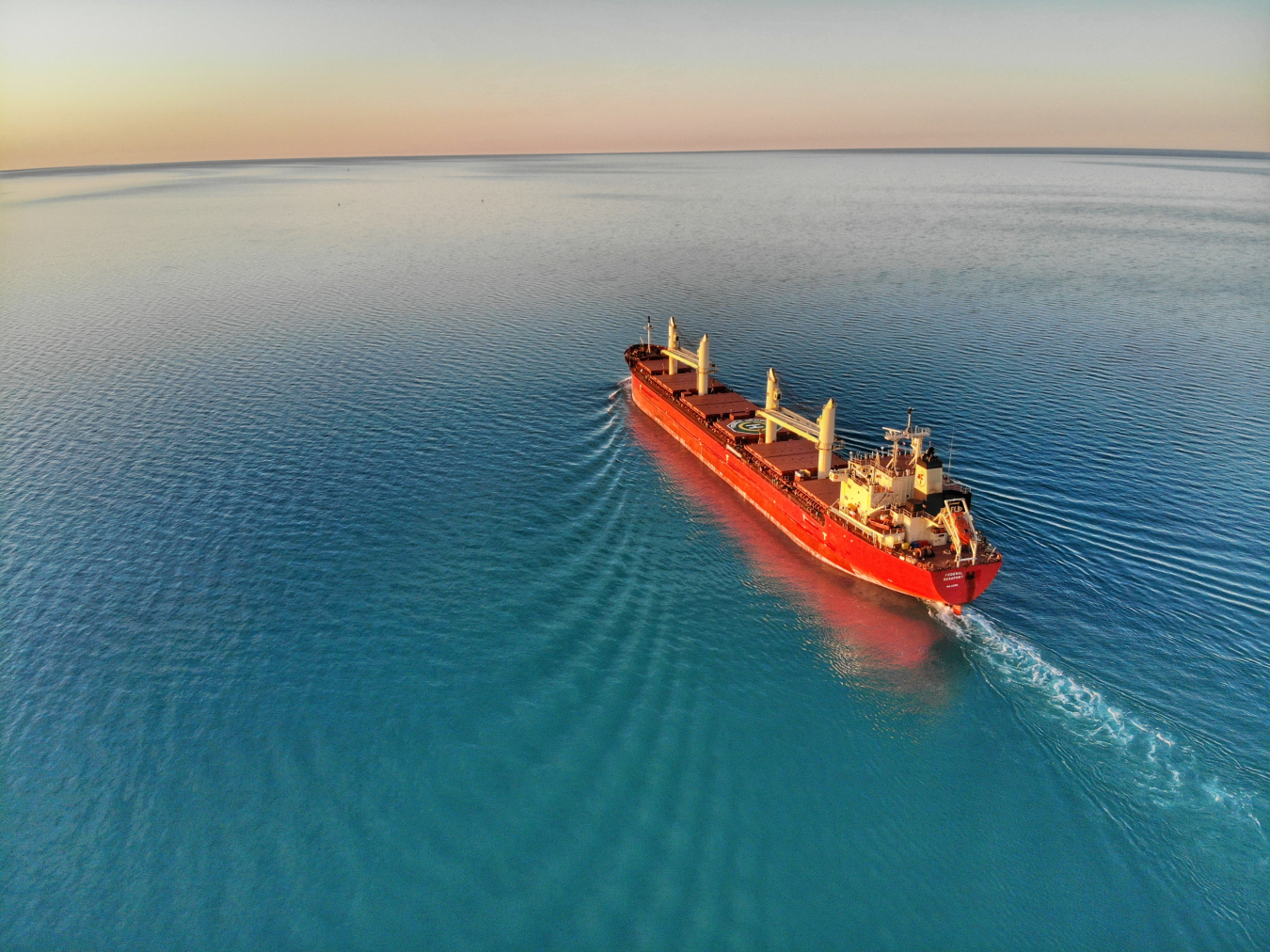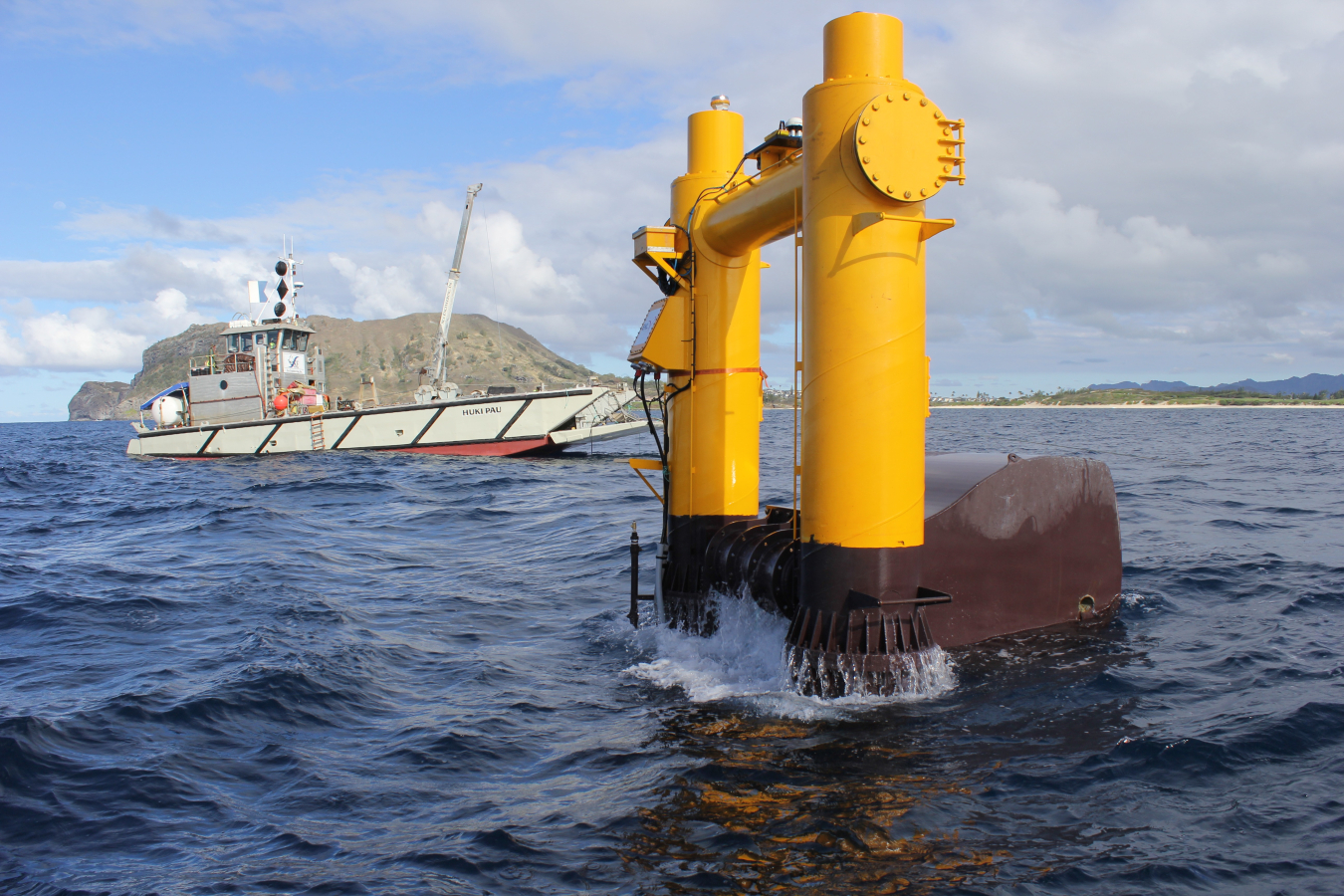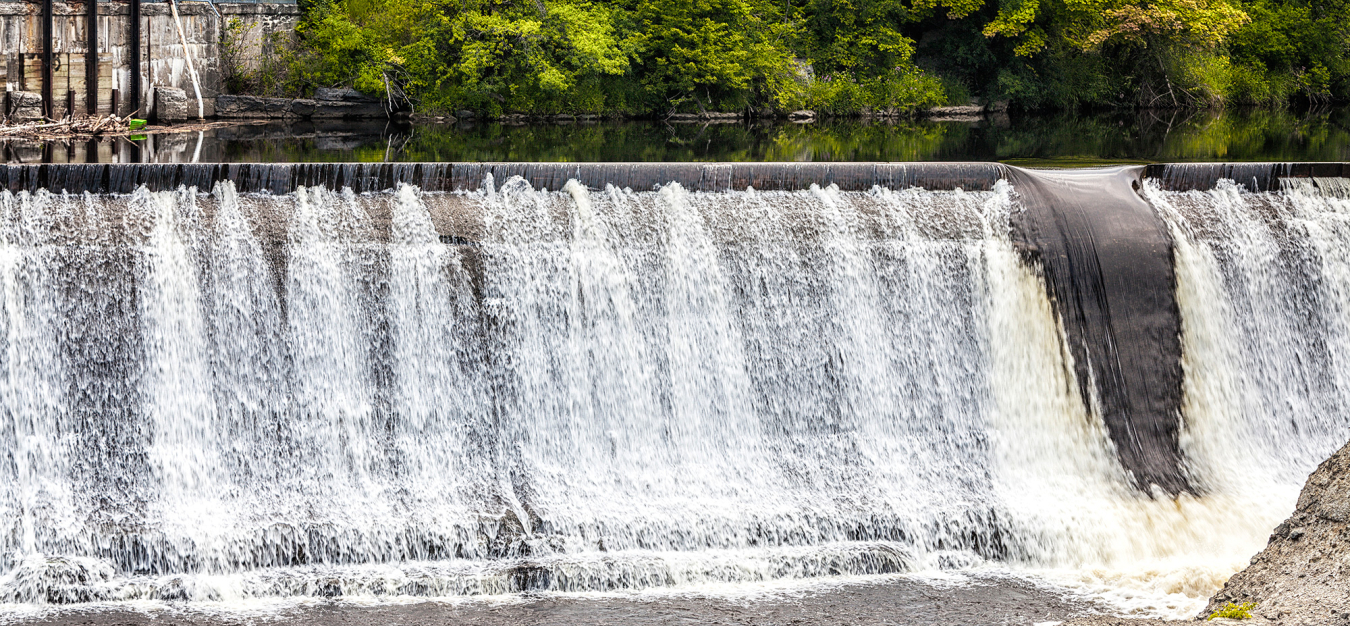The U.S. Department of Energy's (DOE) Water Power Technologies Office (WPTO) released several reports to Congress focusing on potential environmental effects and impacts and water technologies.
Effects of Climate Change on Federal Hydropower
August 2013 / January 2017 / December 2023
Hydropower has long been the nation’s largest source of renewable electricity and a key contributor to the reliability of the U.S power grid. In coordination with DOE's Oak Ridge National Laboratory, the Water Power Technologies Office oversaw the development and release of two reports to Congress, examining the potential effects of climate change on water available for hydropower at federal facilities.
The SECURE Water Act of 2009 called for a report to be provided to Congress that would “assess each effect of, and risk resulting from, global climate change with respect to water supplies that are required for the generation of hydroelectric power at each Federal water project that is applicable to a Federal Power Marketing Administration."

Powering Arctic Observations with Marine Energy
June 2023
This report discusses how marine renewable energy could be developed to power instruments currently being used in the Arctic. Offshore wind, algal derived biofuels, seafloor geothermal and solar power all have potential in the Arctic but this report only discusses energy generated from water. Wave motion and tidal currents are explored as having potential to be used for energy extraction and the powering of sensors at sea. These resources are investigated for Arctic locations and recommendations are made for future studies of specific use cases.
This report responds to legislative language set forth in section 3001(a) of the Consolidated Appropriations Act, 2021 (Pub. L. 116-260, Div. Z, Title III, codified at 42 U.S.C. § 17214(b)). It is an examination of the opportunities for research and development in non-power sector applications for marine energy in conducting ocean observations. The U.S. Department of Energy transmits to Congress the following Report on Powering Arctic Observations with Marine Energy.

Maritime Research and Development Opportunities
December 2022
The maritime industry is currently undergoing a once-in-a century energy transition to reduce its emissions of greenhouse gases, which will have profound effects on fuel markets, the environment, and global trade. This report outlines a variety of emissions reduction measures and suggested (R&D) that the U.S. Government might support to accelerate emissions reduction in the maritime industry.
This report responds to legislative language set forth in section 3001(a) of the Consolidated Appropriations Act, 2021 (Pub. L. 116-260, Div. Z, Title III, codified at 42 U.S.C. § 17214(b)). It is an examination of the opportunities for research and development in the maritime industry, including those relevant to marine energy. The following report identifies research and development opportunities that could support the maritime industry transition to low-carbon fuels and technologies and ultimately reduce its greenhouse gas emissions and other criteria air pollutants.

Marine and Hydrokinetic Report to Congress
September 2018
This report provides an overview of Marine Hydrokinetic (MHK) Program funding from FY 2008 – FY 2017 and describes the strategy and rationale that the WPTO applies in supporting foundational science and early-stage R&D for MHK energy technologies. It provides summary information on the past allocation of funds, including demonstrating diversity in possible public and private partnerships, and diversity in regional locations. The report was prepared in response to a request in House Appropriations Committee report language accompanying the 2017 Consolidated Appropriations Act passed by Congress and signed by the President on May 5, 2017.
In the FY2017 House of Representatives Appropriations Committee Report 114-532 requested a report “on the past allocation of funds, including demonstrating diversity in possible public and private partnerships, and diversity in regional locations for siting these new methods and technologies."

Pumped Storage and Potential Hydropower from Conduits
February 2015
This report addresses the technical flexibility that existing pumped storage facilities can provide to support intermittent renewable energy generation. This study considered potential upgrades or retrofit of these facilities, the technical potential of existing and new pumped storage facilities to provide grid reliability benefits, and the range of conduit hydropower opportunities available in the United States.
Hydropower Regulatory Efficiency Act of 2013 called for a report to be provided to Congress on the results of “a study on pumped storage hydropower (PSH) and potential hydropower from conduits, including recommendations."
December 2009
This report focuses on potential impacts of marine and hydrokinetic technologies to aquatic environments (i.e. rivers, estuaries, and oceans), fish and fish habitats, ecological relationships, and other marine and freshwater aquatic resources.
Energy Independence and Security Act of 2007 (EISA) called for a report to be provided to Congress that would address (1) the potential environmental impacts of marine and hydrokinetic energy technologies, (2) options to prevent adverse environmental impacts, (3) the potential role of monitoring and adaptive management, and (4) the necessary components of an adaptive management program.

